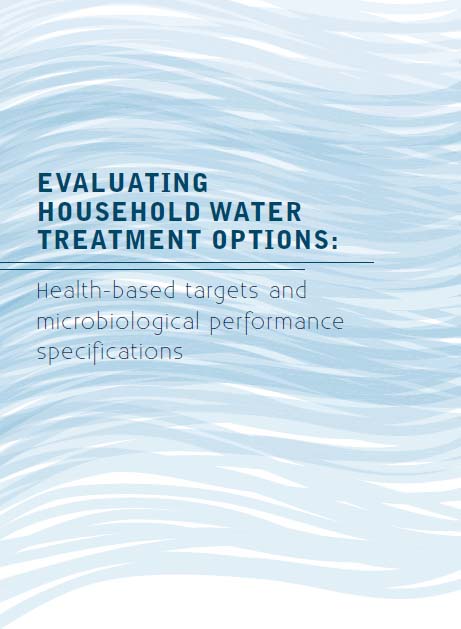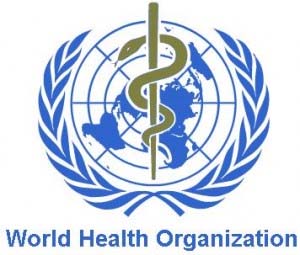/topics/contamination-pollution-and-quality
Contamination, Pollution and Quality
Fazilka citizens protest against planned encroachment on ecosensitive Badha lake wetland by Punjab Urban Development Authority (PUDA)
Posted on 21 Jul, 2011 04:16 PMForwarded to the portal by: Graduates Welfare Association, Fazilka
India must prepare for future growth by planning a low-water economy - Article in YaleGlobal Online by Rohini Nilekani
Posted on 19 Jul, 2011 12:37 PMArticle and Image courtesy: YaleGlobal Online
Author: Rohini Nilekani
India and China account for one third of the world’s population; each consumes more freshwater than other nations. Per inhabitant per year, though, India uses less than half what’s used in the US, China uses less than one third. This YaleGlobal series examines India and China’s water use, their expectations for rising demand and recognition that shortages will disrupt economic progress.
The Planning Commission of India repeatedly warns that water will become a more serious issue than land or energy for India in years to come, points out Rohini Nilekani, in the second article of the series. India’s transition from an economy based on agriculture to a mixed one, with water use controlled by states rather than the federal constitution, already leads to conflicts. She urges planning for a low-water economy. Good governance and regulatory frameworks can prevent pollution and waste, while encouraging efficiency, reliable and fair allocation, and wise consumer choices.
 Thirsty earth: Indian villagers in Gujarat gather to draw water from a well
Thirsty earth: Indian villagers in Gujarat gather to draw water from a well
Assessing variability of water quality in a groundwater-fed perennial lake of Kashmir Himalayas using linear geostatistics – A paper in Journal of Earth System Science
Posted on 17 Jul, 2011 08:47 PMThe study of the hydrochemistry of the Manasbal lake was done to find out whether the lake water was fit for drinking, irrigation and other purposes.
Evaluating household water treatment options
Posted on 17 Jul, 2011 02:11 PM This document by the World Health Organisation, for the first time, sets forth global criteria to evaluate whether a household water treatment option reduces waterborne pathogens sufficiently to protect health. Through use of a risk-based framework and by emphasizing the philosophy of incremental improvement, it is intended to provide implementers and policy-makers with an evidence-based and pragmatic approach to select options suited to local conditions.
This document by the World Health Organisation, for the first time, sets forth global criteria to evaluate whether a household water treatment option reduces waterborne pathogens sufficiently to protect health. Through use of a risk-based framework and by emphasizing the philosophy of incremental improvement, it is intended to provide implementers and policy-makers with an evidence-based and pragmatic approach to select options suited to local conditions.
Household water treatment interventions may play an important role in protecting public health where existing water sources, including those delivered via a piped network or other improved sources, are untreated, are not treated properly or become contaminated during distribution or storage. Household water treatment applications are a range of technologies, devices or methods employed for the purposes of treating water at the household level or at the point of use in other settings, such as schools, health-care facilities and other community locations. Point-of-use water treatment is another term used for household water treatment.
Bamboo charcoal as a natural Water Filter - An indigenous rural application
Posted on 16 Jul, 2011 07:24 PMGuest post: Shwetha Kamath (India Water Portal Volunteer)
About 74 per cent of India's total population, currently about 1.25 billion, live in rural areas. More than one third of the water available to them is not potable. In a grim reminder that poor quality of drinking water leads to serious health problems, India has admitted that about 180,000 rural populated areas are afflicted by diseases which are caused due to impure, toxic organic and inorganic substances including tri-halo methane, chlorine, etc. Some states have reported multiple contaminations in drinking water and there is no doubt that the current water situation in India will get much, much worse unless suitable solutions are sought. Most existing purification methods not only remove the impurities but drain out the essential minerals as well. Moreover, they are expensive and require extensive maintenance. Thus a natural filter comprising of bamboo, gravel, pebble and other locally available natural adsorbents is a great alternative to carry out water purification. What makes this filter unique is the use of bamboo charcoal which is not commonly used in any filter designed for domestic purposes.
Water quality status of rivers in India – Report of Central Water Commission
Posted on 15 Jul, 2011 06:19 PMThe Level-I Laboratories are located at 258 field water quality monitoring stations on various rivers of India where physical parameters such as temperature, colour, odour, specific conductivity, total dissolved solids, pH and dissolved oxygen of river water are observed.
A comparison of PureIt and Swach water purifier brands - Guest post by Mrinalini Goswami
Posted on 14 Jul, 2011 11:59 AMGuest post by: Mrinalini Goswami
Both the purifiers already have identified their space in the niche of household water treatment establishing themselves as competitive technologies. Brief highlights of both the purifiers are compiled in the table below:
PLC & SCADA based water quality, treatment & distribution management system for 428 MLD PCMC water supply system
Posted on 12 Jul, 2011 04:16 PMObjective: To monitor and control from a single point the water quantity, quality, treatment and distribution process in real time for the entire city.
This project caters to the need for a real time water auditing, monitoring and control system for the entire city of Pimpri Chinchwad spread over 171 sq.kms with a water supply of 428 ML per day.
Groundwater governance in India – A case study by World Bank
Posted on 09 Jul, 2011 11:43 AMIt examines the impediments to better governance of groundwater, and explores opportunities for using groundwater to help developing countries adapt to climate change. It attempts to understand the practical issues that arise in establishing robust national governance frameworks for groundwater and in implementing these frameworks at the aquifer level.
The case study focused on the national, state and local levels. At the national and state levels, it analyzed the policy, legal, and institutional arrangements to identify the demand and supply management and incentive structures that have been established for groundwater management. At the local level, it assessed the operations, successes, and constraints facing local institutions in the governance of a number of aquifers within peninsula India, on the coast and on the plain of the Ganges river valley.
Guidelines for drinking water quality - Fourth edition by World Health Organisation (2011)
Posted on 09 Jul, 2011 10:41 AM This integrates the third edition, which was published in 2004, with both the first addendum to the third edition, published in 2006, and the second addendum to the third edition, published in 2008. It supersedes previous editions of the Guidelines and previous International Standards.
This integrates the third edition, which was published in 2004, with both the first addendum to the third edition, published in 2006, and the second addendum to the third edition, published in 2008. It supersedes previous editions of the Guidelines and previous International Standards.
This edition of the Guidelines further develops concepts, approaches and information introduced in previous editions, including the comprehensive preventive risk management approach for ensuring drinking-water quality.





